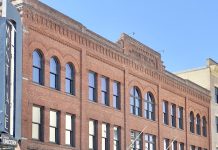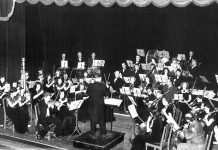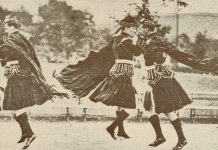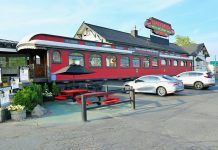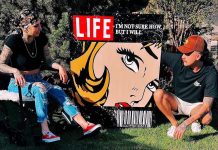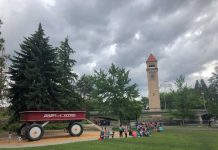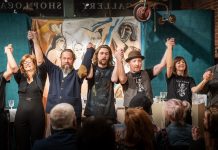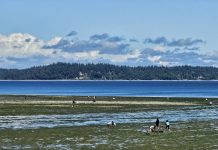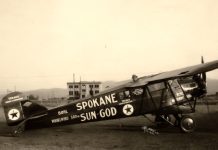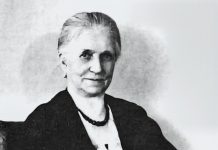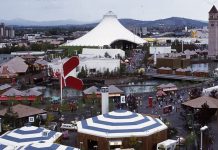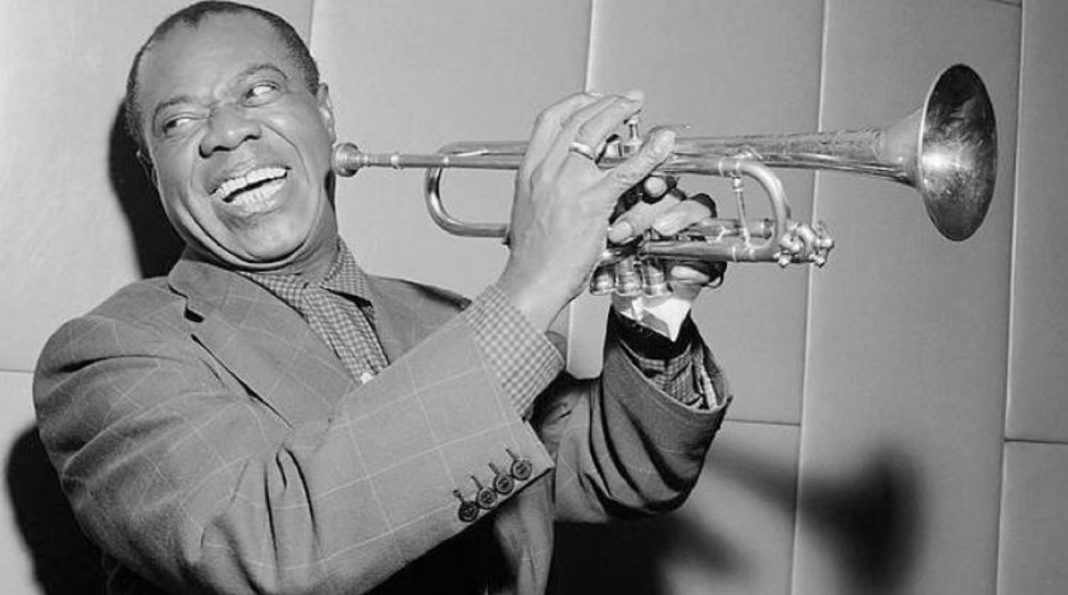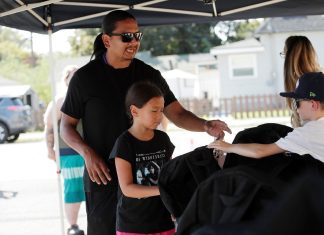With the curtain finally falling on the prolonged 1918 influenza pandemic, the dawn of the early 1920s brought a sigh of relief to America. Yet, this era of transition was anything but calm. As the masks worn during the pandemic were cast aside and quarantines dissolved, a society grappling with war aftermath, inflation, and societal shifts stood poised for change. Against this backdrop of simmering frustrations, the Jazz Age emerged, offering a harmonious escape that resonated through the fabric of American culture. The confluence of these dynamics, coupled with the influence of newly enacted Prohibition laws, set the stage for a resounding era of musical and social transformation in cities across the nation, including the vibrant city of Spokane.
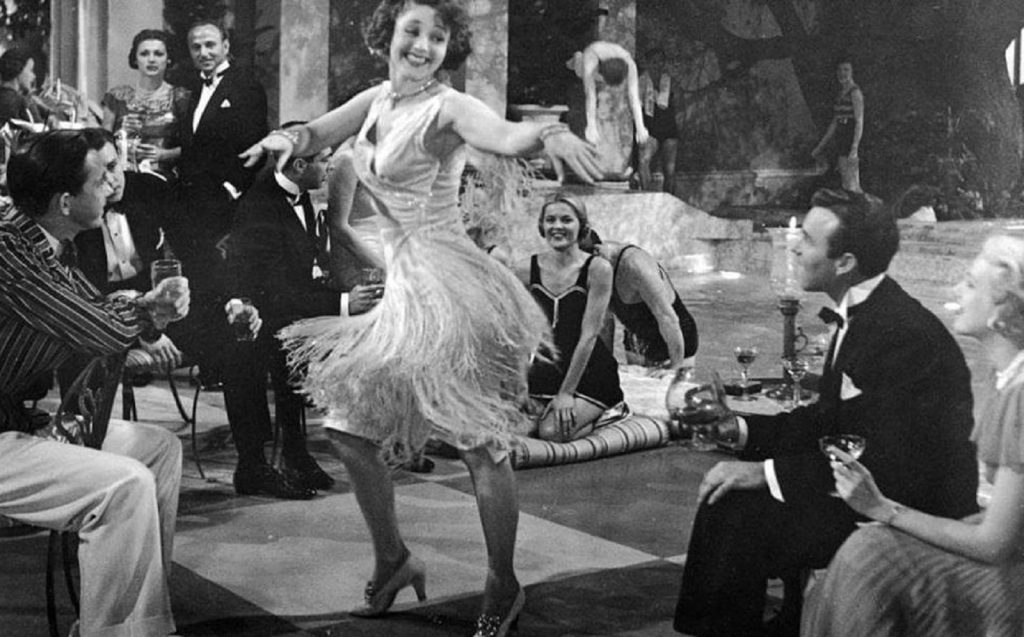
A Prelude to a Rhythmic Revolution and the Roaring Arrival as Jazz Explodes onto Spokane’s Scene
Long before the Jazz Age officially arrived, Spokane was already resonating with diverse musical influences. The city’s proximity to various cultural hubs exposed residents to ragtime, blues, and swing, setting the stage for the impending musical revolution. As the phonograph and radio broadcasts gained popularity, Spokane’s residents became increasingly enamored with the rhythms emanating from these mediums.
The Jazz Age hit Spokane in full force during the 1920s. Dance halls, speakeasies, and jazz clubs sprung up across the city, providing a haven for jazz enthusiasts to revel in this newfound sound. The Prohibition era, while nationally restricting alcohol, paradoxically fueled the local jazz scene as underground venues thrived. Musicians, both local and touring, showcased their talents, creating an atmosphere of cultural exchange and innovation.
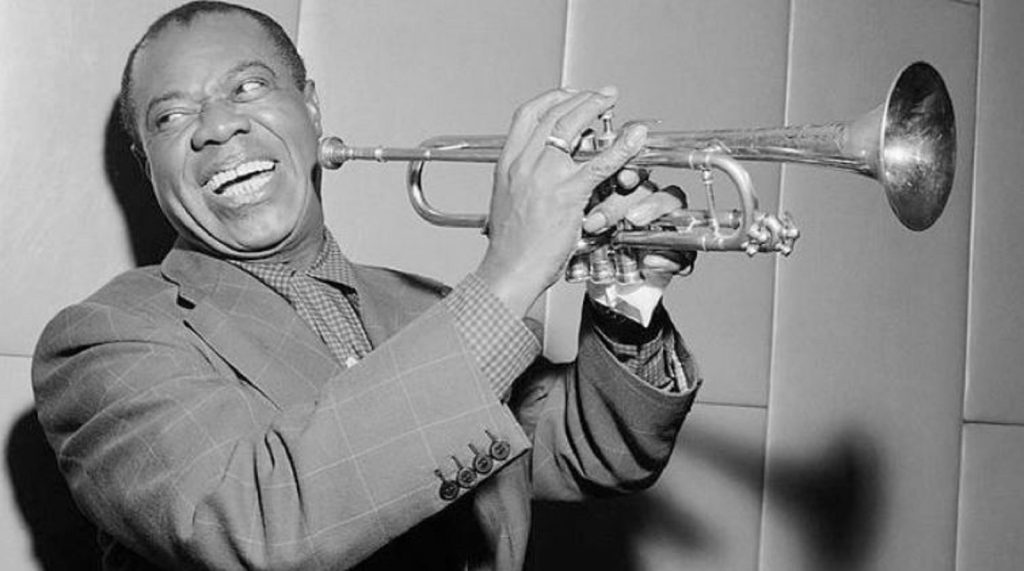
Harmony in Diversity: Uniting Spokane’s Communities Through Jazz
In the midst of the music, Spokane’s Jazz Age was a harmonious convergence of cultures and communities. Jazz music acted as a unifying force, breaking down social barriers and bringing together people from different backgrounds. As African-American, European-American, and Indigenous musicians collaborated and shared their musical traditions, Spokane’s jazz scene became a microcosm of the nation’s social evolution, celebrating diversity through music.
Amidst this vivacious tapestry of history, a remarkable era of community gathering and musical communion emerged, transcending the ordinary and embracing the extraordinary. The stages of Spokane’s diverse locales transformed into hubs where notes mingled with laughter and where feet tapped in harmony with hearts. During a time marked primarily by segregation, one club owned and operated by an African American wrote their own history during Spokane’s Jazz Age, one meal and one dance at a time.
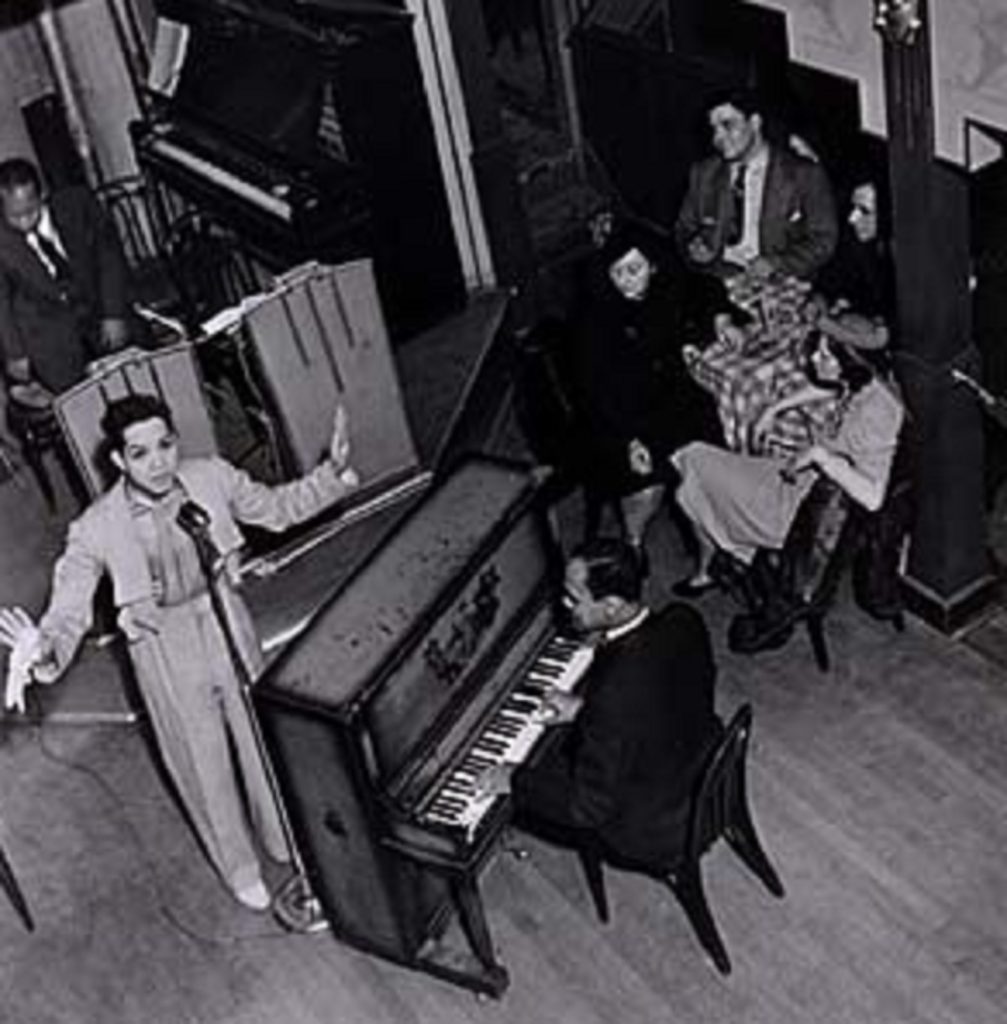
The Harlem Club Becomes Home to Spokane’s Jazz Age
During the 1920s, Ernest James Brown, affectionately known as E.J., and his wife Myrtle fondly referred to as Theo, settled in Spokane. After the successful launch of their restaurant, the Sawdust Trail, on Sprague Avenue and Havana Street in 1927, the couple embarked on a new entrepreneurial journey.
Beneath a marquee illuminated with the rhythm-infused mantra “Dine-Dance, Dine-Dance,” positioned just off the old Sunset Highway, later known as Sprague Avenue, the Pirates Den emerged as an electrifying hotspot just beyond Spokane’s city limits. Bursting onto the scene in 1929, it beckoned with a spacious dining area capable of accommodating 350 patrons and a dance floor that resonated with vivacity. Notably, this vibrant haven hosted an array of distinguished guests, including luminaries like Sammy Davis Jr., Nat King Cole, and Louis Armstrong, who made pit stops during their travels through Spokane, indulging in both culinary delights and the soulful jazz cadences.
In the fluid currents of the 1930s, E.J. undertook a transformation, renaming the establishment the Harlem Club. This nomenclature shift was spurred by comparisons drawn to the renowned Cotton Club in Harlem. This rebranding mirrored the typical landscape of the era, where such venues catered predominantly to a white clientele. However, E.J. imbued the Harlem Club with a distinct rhythm of inclusivity, dedicating one night each week to the African-American community, offering them an opportunity to embrace the euphoria of special dance events.
Sadly, tragedy struck in 1951 as a destructive fire, kindled by faulty electrical wiring, engulfed the building, reducing it to ashes. The loss reverberated deeply, affecting both Spokane’s white and Black communities.
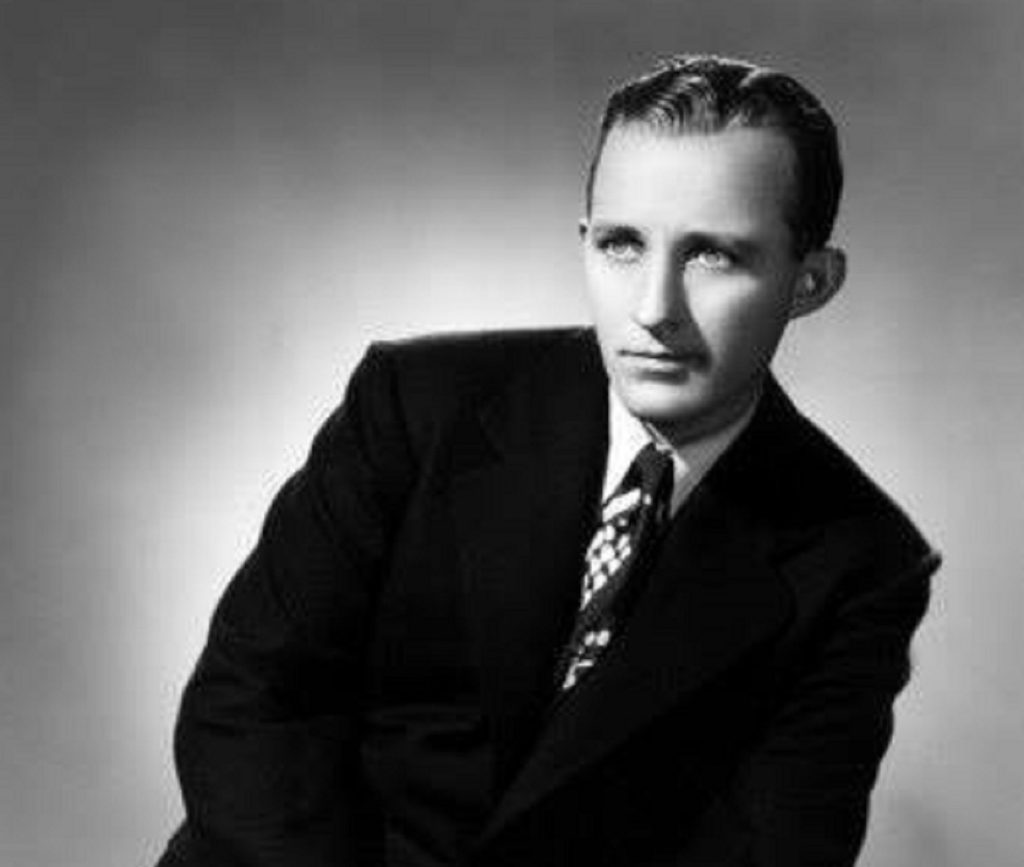
The Clemmer Theatre and Bing Crosby Highlight Spokane’s Jazz Age
Not too far down the road, another local building was also making history in the name of jazz during the 1920s. Now known as the Bing Crosby Theater, the Clemmer Theatre, as it was initially called, opened in 1915 as an 800-seat movie theater. It’s here that the annals of Spokane’s musical history that the resonance of the city’s first true multimedia star, Bing Crosby’s earliest notes, can still be felt.
In the languid summer of 1925, a turning point arrived for the then-budding artist, as he and his compatriot Al Rinker stood as the sole remnants of their prior musical ensemble, the Musicaladers. This fortuitous juncture marked the beginning of a new chapter as they secured positions at the illustrious Clemmer Theatre. Here, they became integral members of a collective of performers entrusted with entertaining the audience during intermissions and between film screenings. Their creative ingenuity manifested as they authored scripts, constructed intricate stage settings, and meticulously selected songs harmonizing with the featured film’s thematic essence. In this convergence of cinematic artistry and live performance, Crosby’s journey embarked on a trajectory that would lead him to legendary musical heights.
Amidst a span of five months, Bing Crosby found himself unburdened by constraints, providing him ample opportunity to unfurl his wings and delve into the depths of his acting and vocal prowess. Within this musical tapestry, a notable thread emerged as Bing Crosby and Al Rinker lent their voices to the evocative strains of “California Here We Come.” A mere two months later, destiny beckoned the two men onto an unforeseen odyssey, one that would ultimately guide them along a path that led straight to the illustrious realm of Hollywood’s bright lights and silver screens. Crosby was well on his way to becoming “The King of Jazz.”
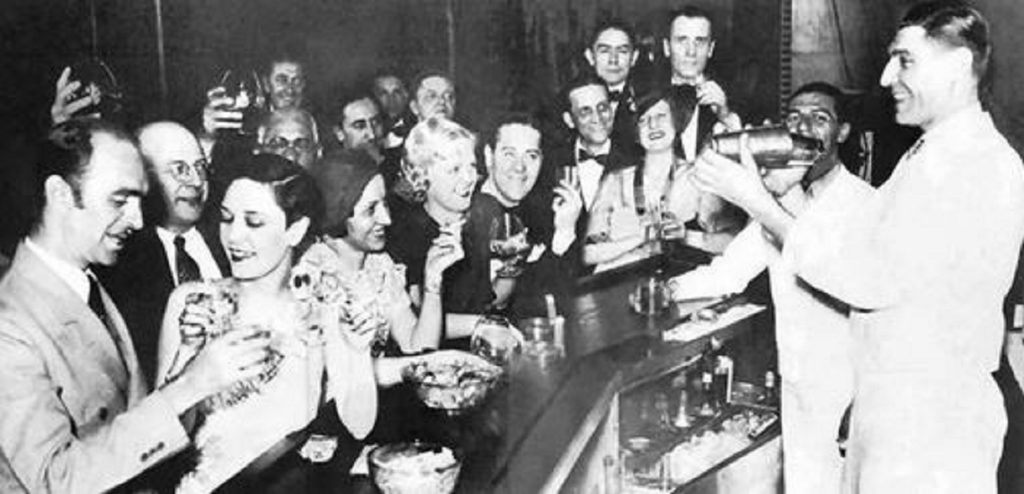
Tempo Changes: The Decline of Spokane’s Jazz Age and the Resonating Echoes it Left Behind
As the 1930s dawned, the Great Depression overshadowed the nation, including Spokane. Economic hardships led to the closure of many entertainment venues, and changing musical preferences signaled a shift away from traditional jazz. Swing and big band music gained prominence, leaving the original jazz sounds in the background. However, Spokane’s Jazz Age legacy remained woven into the city’s cultural fabric.
Though the exuberance of the Jazz Age eventually subsided, its legacy endured in Spokane. The city’s jazz roots continued influencing later generations of musicians, fostering a rich musical environment incorporating jazz elements into various genres. Festivals, tribute concerts, and jazz education programs kept the spirit of the Jazz Age alive, ensuring that Spokane’s musical heritage remained a cherished part of its identity.
It was more than just a musical era — it was a transformative period that brought people together, celebrated diversity, and left an indelible mark on the city’s cultural landscape. As we look back on those vibrant years, we’re reminded of the power of music to bridge divides and create lasting connections. The echoes of Spokane’s Jazz Age still resonate today, a testament to the enduring allure of this rhythmic revolution.





